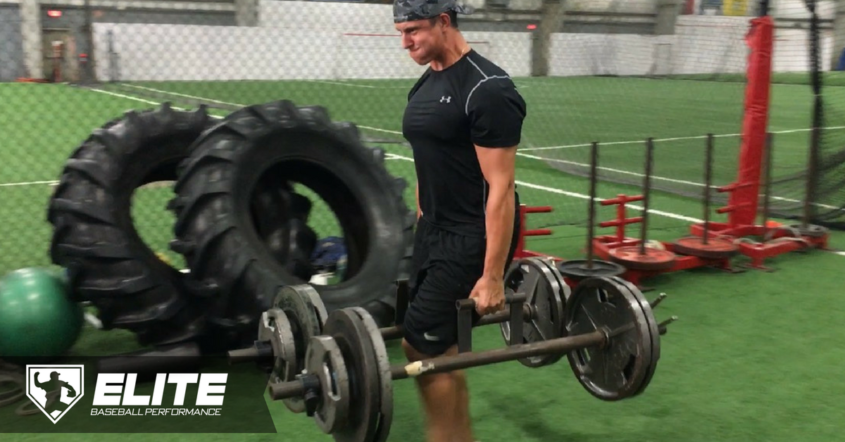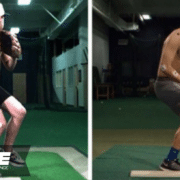In-Season Training Guidelines For The Baseball Player
When training baseball players in-season, it’s very important to consider that the body does not know the specific stress that is being put upon it. Practicing and playing multiple days out of the week is still stress on the body, so we need to take that into account with our training.
The main purpose of this article is to provide exercise selection guidelines so you don’t put any unnecessary wear and tear on your body during the baseball season.
The chart posted below was put together by the late Canadian sprint coach Charlie Francis. This chart shows different movements and their varying degree of CNS (Central Nervous System) demand.

Note: For the purposes of illustrating the significance of CNS demand, it must be assumed that all movements listed in the chart are performed as fast as possible and against maximal resistance.
So, what does this chart mean for YOU?
You only have so much energy you can expend. When you’re in-season you want most of that energy used on the field playing your sport. This chart is a great self-check for you guys to see the varying demand each movement places on your CNS.
For example, if you’re playing three to four games per week, it’s safe to say you’re sprinting at maximal intensity, throwing a baseball as hard as possible, and swinging a bat near maximal intensity in each game. You NEED to account for this stress especially since all those movements are highly taxing on your nervous system.
To account for this CNS stress and to maximize on-field outputs I believe your in-season training should refrain from any sprinting or explosive power movements.
Exercises that have a high CNS stress include:
- Sprinting (Outside of playing in games)
- Vertical and Horizontal Jumping
- High Volume Medicine Ball Throws
- High Volume/Intensive Plyos
- Cleans, Snatches, Clean and Jerk
Examples of exercises that you can include in your in-season training that may not result in a lot of CNS stress include:
- Trap Bar Deadlift (60-80%) – Drop bar at the top to avoid eccentric portion of exercise
- Sumo Deadlift (60-80%) – Drop at the top to avoid eccentric portion of exercise
- Pin Squat
- Barbell Hip Thrust (Supine & Upper Back on Bench)
- Other Hip Thrust Variations (Supine Leg Whip, Single-Leg Hip Thrust, etc.)
- Supplementary Pull (Chest Supported Rows, 1-Arm DB Row, DB Pullover etc.)
- Supplementary Push (Push-Up Variations, Landmine Press Variations
- Sled Drags
- Sled Pushes
- Step Up Variations
- DB Reverse Lunge (Goblet or DB)
- Upper Back (BPA’S, Banded Face Pulls, etc.)
- Low Intensity Core Stability Variations (Plank Variations, Pallof Variations, Chop Variations etc.)
When training in-season, it is all about managing stress and fatigue for your athletes.
Hopefully now you can preserve your strength, limit muscular soreness, and dominate on the field!
Alex Simone
Before starting Simone Baseball Performance Alex was drafted out of high school by the Milwaukee Brewers in the 2010 MLB Draft and played four years of college baseball. At the conclusion of his collegiate career Alex signed a professional contract with the Washington Wild Things of the Frontier League.
Since starting Simone Baseball Performance Alex has worked under Eric Cressey of Cressey Sports Performance and has been recognized as a Certified Physical Preparation Specialist (CPPS), one of the industry's leading certifications, and endorsed by world renowned sport performance coaches Joe DeFranco and Jim Smith. He currently coaches baseball players of all levels from professional to pre-pubescent athletes and has consulted for high school and college baseball coaches worldwide.
Latest posts by Alex Simone (see all)
- How to Own the 60-Yard Dash - September 25, 2018
- Should Baseball Pitchers Run Long Distances? - June 12, 2018
- In-Season Training Guidelines For The Baseball Player - April 3, 2018










Doesn’t CNS demand have more to do with load amounts and intensity than the actual exercizes?